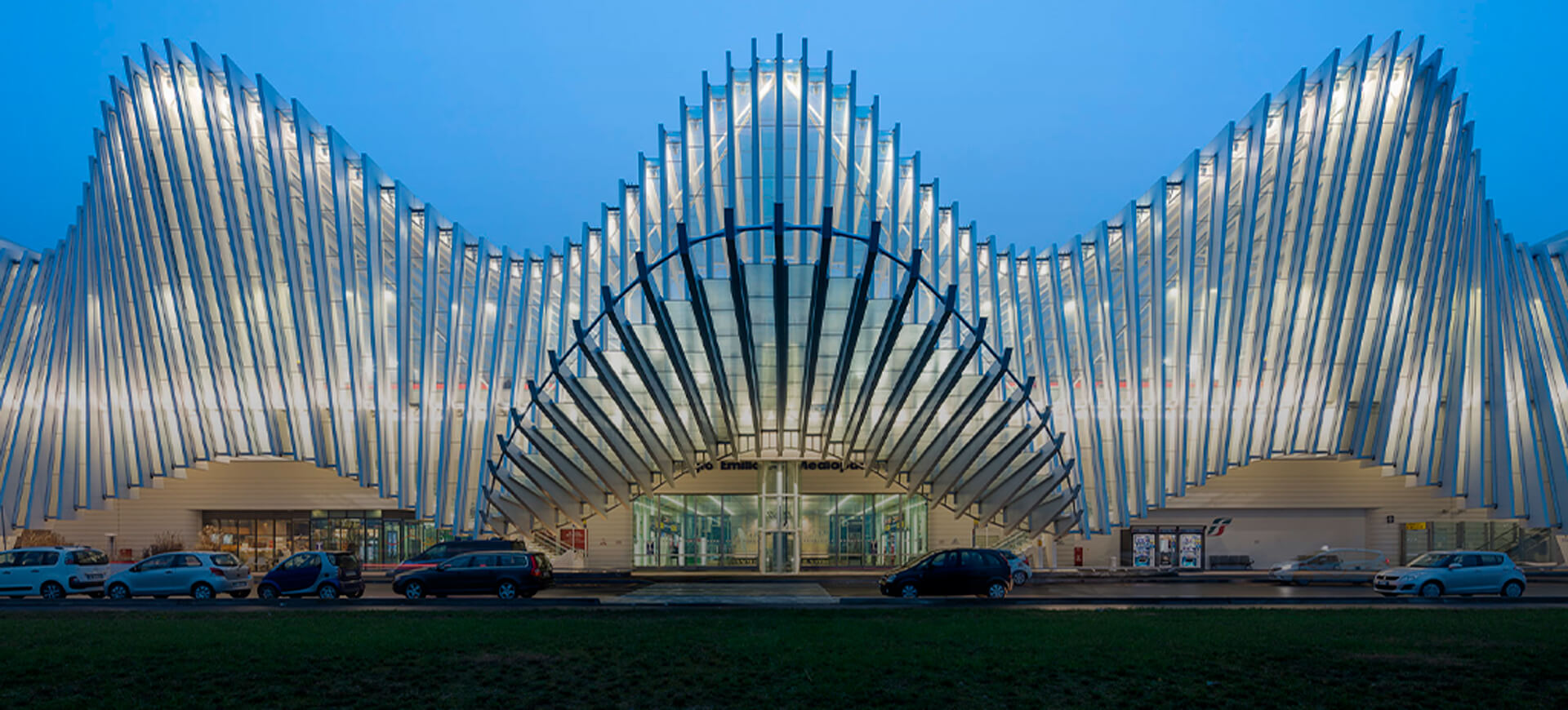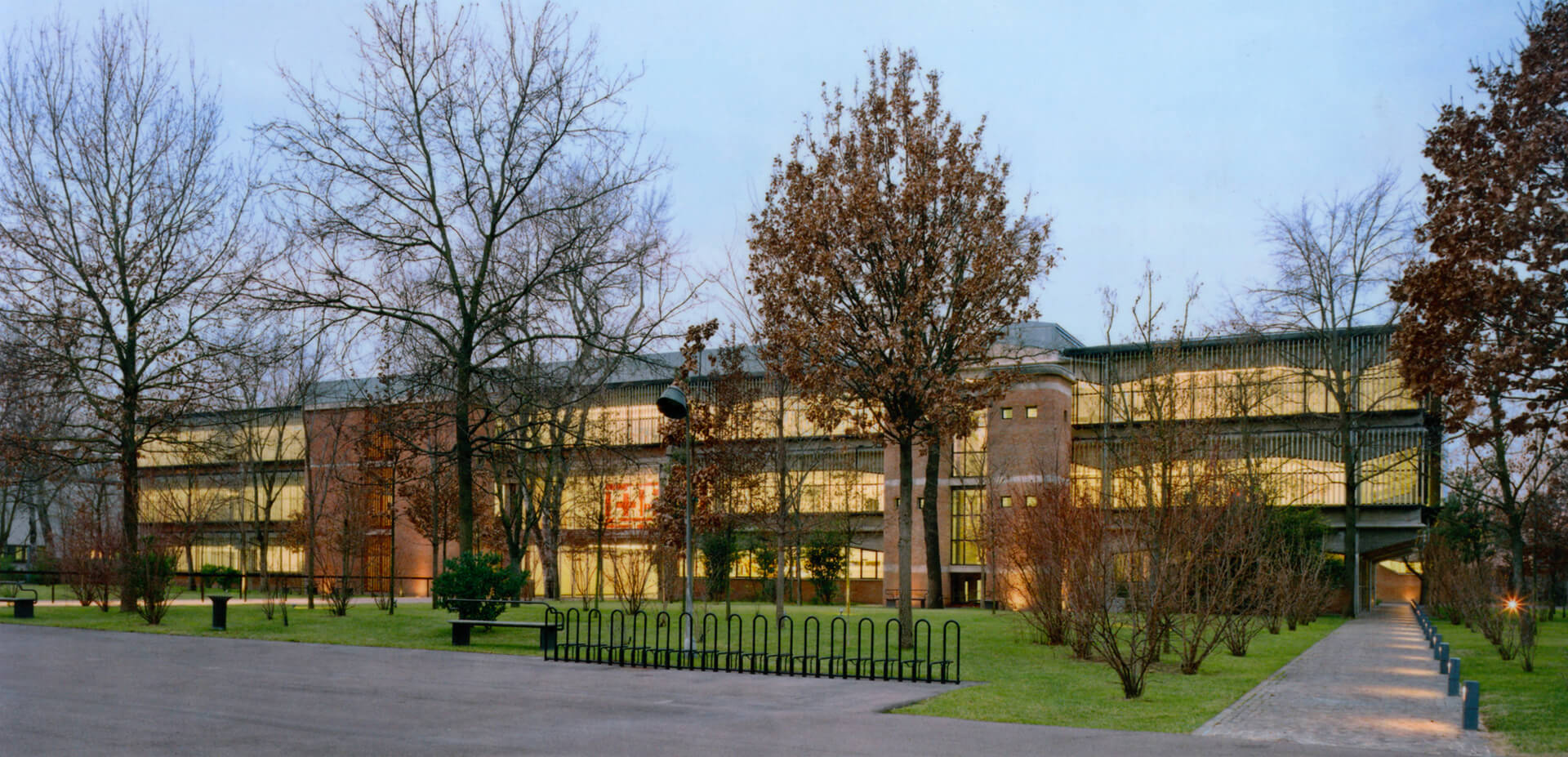
Itinerary designed for contemporary art enthusiasts, exploring some of the main locations and works of this ever-growing movement in our city, continuously evolving just like society, culture, and taste.
STAGES OF THE ITINERARY: Collezione Maramotti – Fonderia 39 – Spazio Gerra – Tecnopolo and Fondazione Internazionale Loris Malaguzzi – Ponti di Calatrava – Stazione AV Mediopadana
TRAVEL TIME: 40 minutes by car (without breaks)
DISTANCE: 15 km
DIFFICULTY: Easy
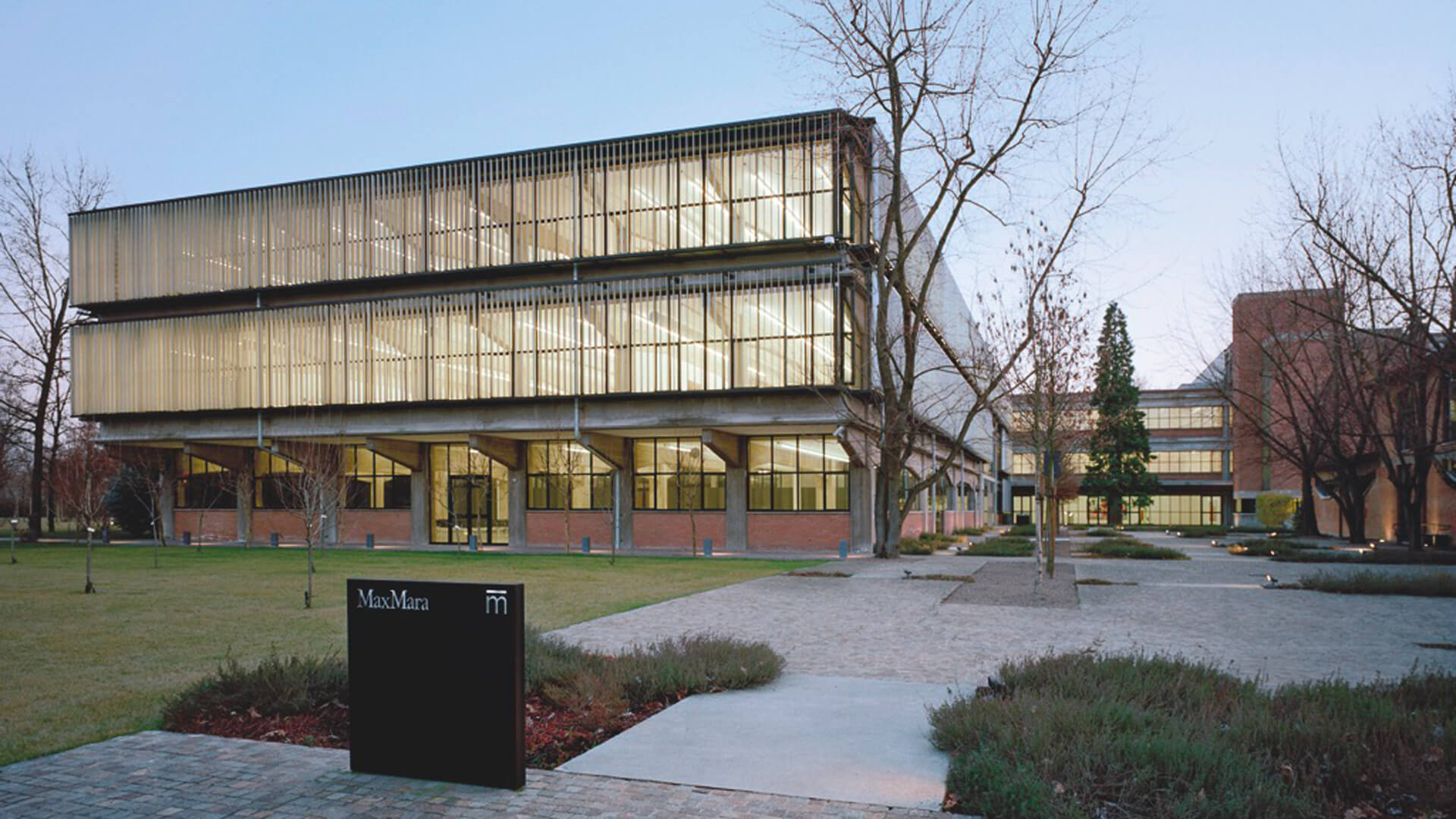
1) COLLEZIONE MARAMOTTI:
In the original Max Mara factory dating back to the 1970s, Achille Maramotti envisioned creating a collection of contemporary art that would become a place for aesthetic and intellectual enjoyment, open to an audience of enthusiasts.
In the two floors of the building, a permanent collection of over 200 works is displayed, featuring significant European paintings indicative of the expressionist and abstract tendencies of the 1950s. There is also a substantial collection of paintings from the so-called Roman Pop Art, followed by works from the Arte Povera movement. In addition to these movements, the collection includes several fundamental works of Italian Neo-expressionism (Transavanguardia), significant examples of German and American Neo-expressionism, and a considerable group of works from the American New Geometry of the 1980s-1990s.
Thematic exhibitions dedicated to 21st-century works are showcased on the ground floor, constituting a “work in progress” that aims to continue welcoming and documenting the new paths that contemporary art is gradually expressing.
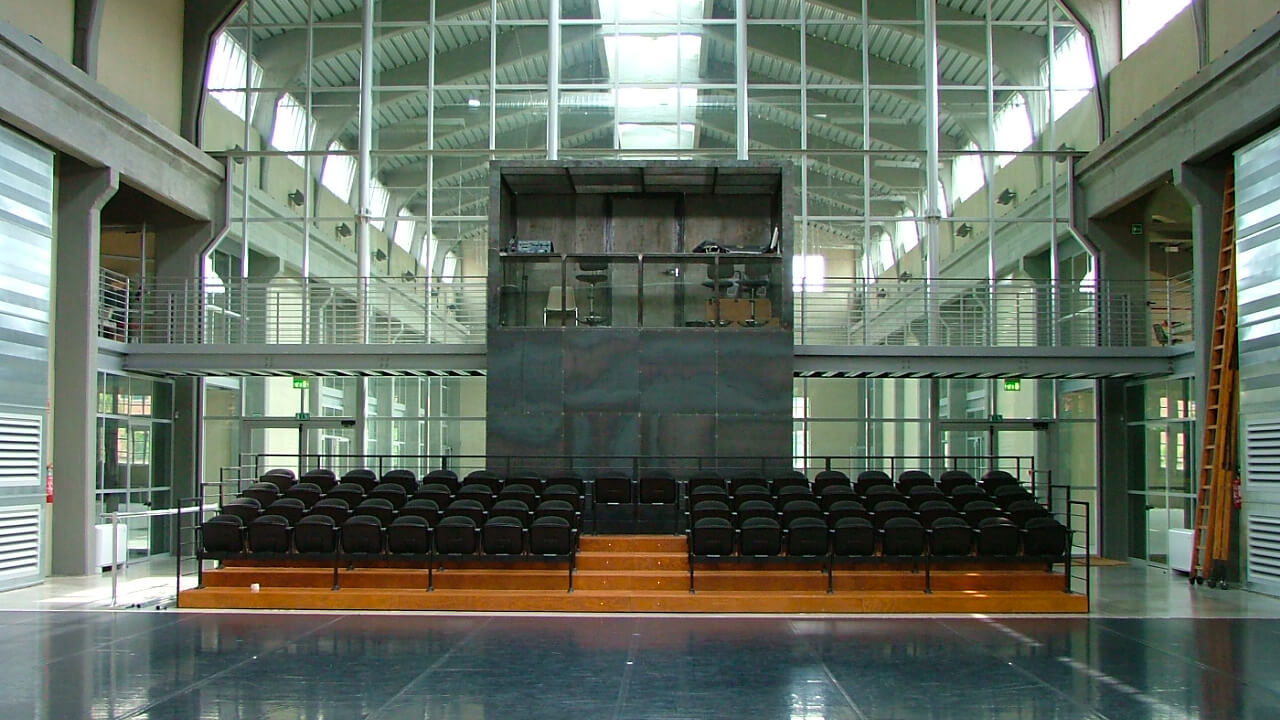
2) FONDERIA 39:
Formerly Fonderia Lombardi, it became the headquarters of the Fondazione Nazionale della Danza/Aterballetto in 2004. The dance company organizes various open rehearsals that the public can attend, providing an opportunity to admire the restoration work of the structure. The spaces and facilities were designed to showcase the iron and glass motifs of the complex. In the outdoor courtyard of the building, as part of the “Invito a…” initiative, the contemporary work “Danza di Astri e Stelle” has been placed, almost like a modern astronomy book on which signs are engraved, exposing us to a mysterious view of the cosmos in constant exploration.
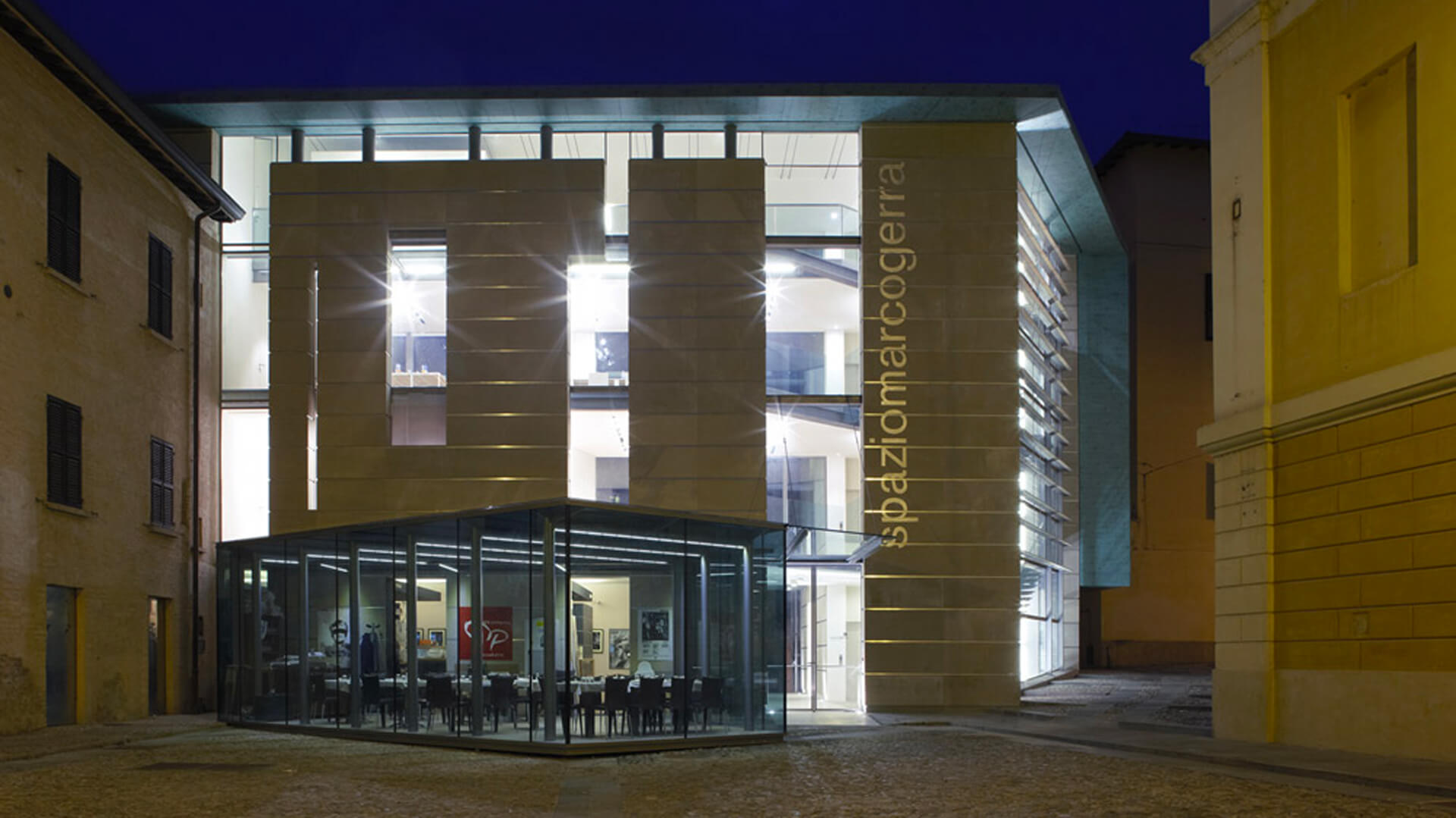
3) SPAZIO GERRA:
The former Hotel Cairoli, located in Piazza XXV Aprile, has been revitalized with an innovative project by architect Christian Gasparini. Today, it hosts interdisciplinary exhibitions encompassing photography, sound, music, video, performance, illustration, design, communication, and literature. It is one of the most visited cultural institutions in the city and has concurrently developed a broad and original educational and communicative offering in the arts for schools and families.
3) TECNOPOLO and FONDAZIONE INTERNAZIONALE LORIS MALAGUZZI:
The Innovation Park covers the area north of the city and occupies the space that was once the site of the historic Reggiane Mechanical Workshops. The disused industrial area narrates an important chapter in Italian industrial history and holds strong symbolic and identity value. The Reggiane workshops were the fourth Italian factory after Fiat, Breda, and Ansaldo, playing a pivotal role in the industrialization of Reggio Emilia since the early 20th century.
Already in place are centers of excellence, the initial pieces of the Innovation Park:
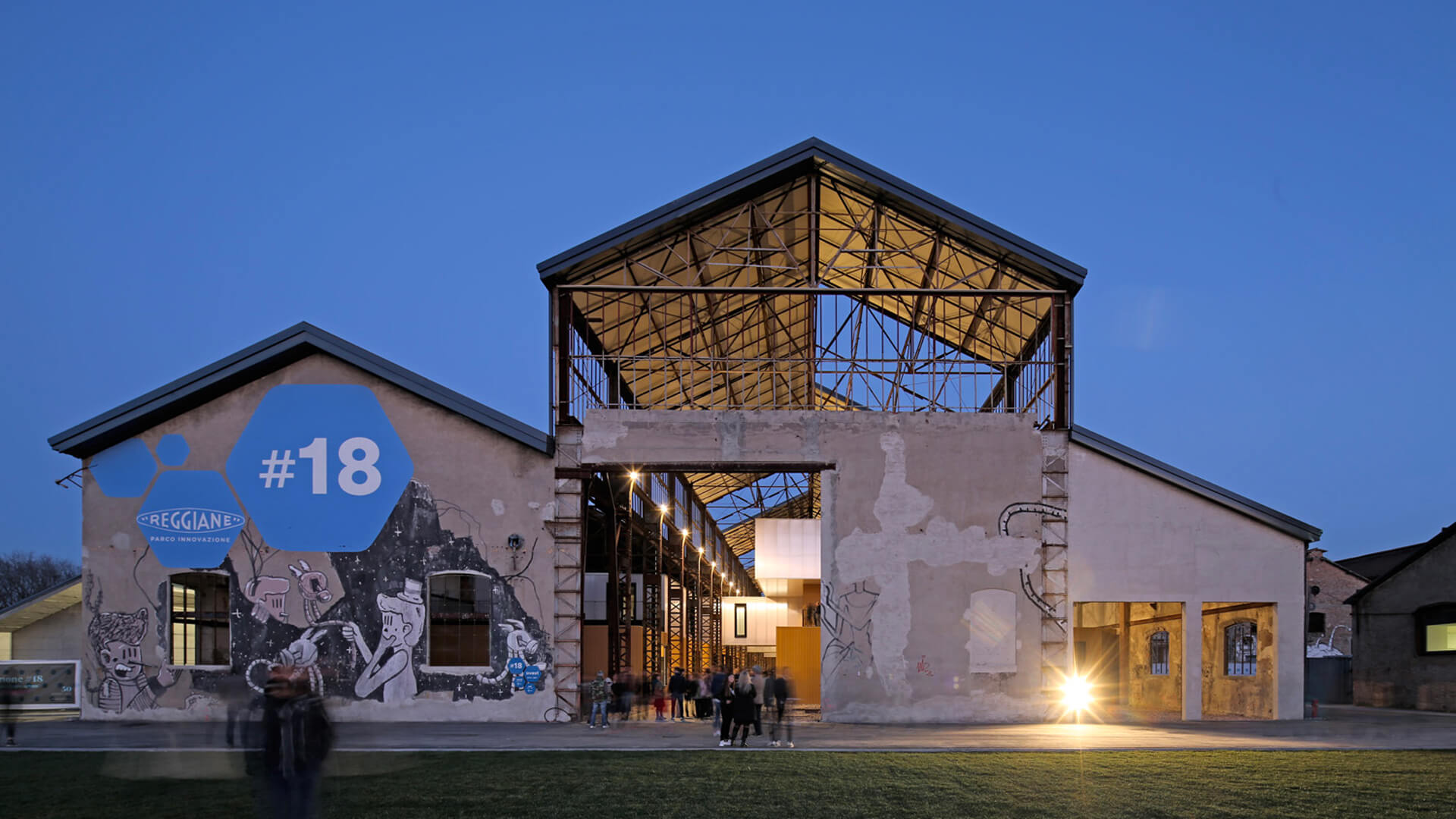
TECNOPOLO: per la ricerca industriale e il trasferimento tecnologico, realizzato nel Capannone 19 delle Officine Reggiane, aggregato alla Rete Alta Teconologia della Regione Emilia Romagna. Il Capannone 19, primo edificio ristrutturato del progetto, ospita 4 laboratori di ricerca avanzata e trasferimento tecnologico al servizio delle imprese. All’interno dell’edificio trova sede, inoltre, un incubatore per startups innovative.
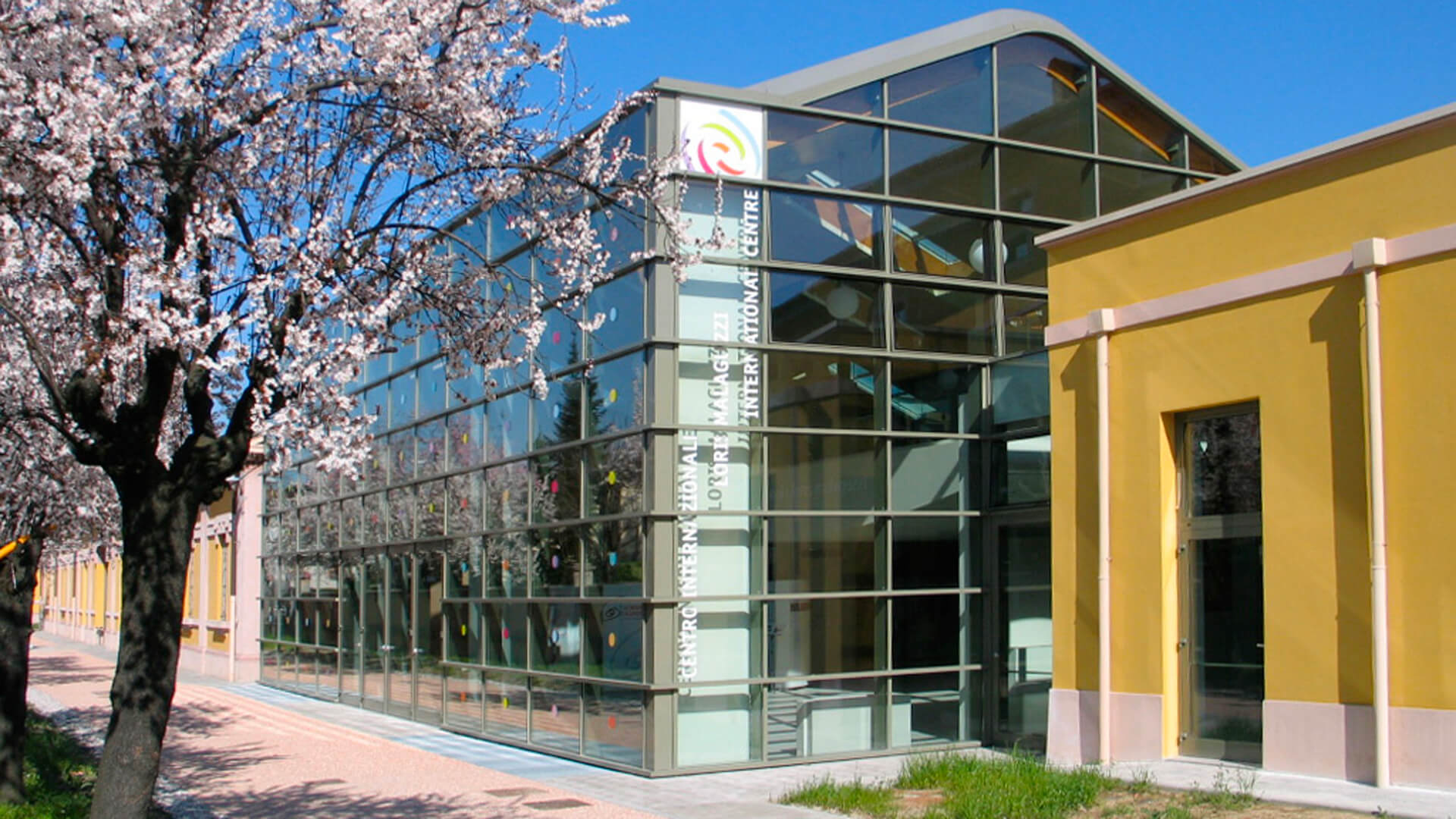
CENTRO INTERNAZIONALE LORIS MALAGUZZI:
Since the 1960s, Reggio Emilia has been an international advocate for a culture of childhood based on the need to respect the identity of each child, promoting their potentials and, at the same time, their rights. The promoter of Reggio Emilia’s educational institutions was Loris Malaguzzi, a pedagogue credited with founding the city’s system of nurseries and preschools. To this day, these institutions are the subject of study and discussion among professionals in the field, known as the “Reggio Emilia approach.”
5) PONTI DI CALATRAVA:
Visible almost like a mirage from the Autostrada del Sole is a high white sail. This bridge, along with the two adjacent ones, is the work of the Spanish architect Santiago Calatrava. The three white steel overpasses are part of the same redevelopment project for the northern area of the city, which also includes the AV Mediopadana Station. They serve as new gateways to Reggio Emilia, redesigning the city skyline in a contemporary style and acting as landmarks for the city’s recognition and reference points.
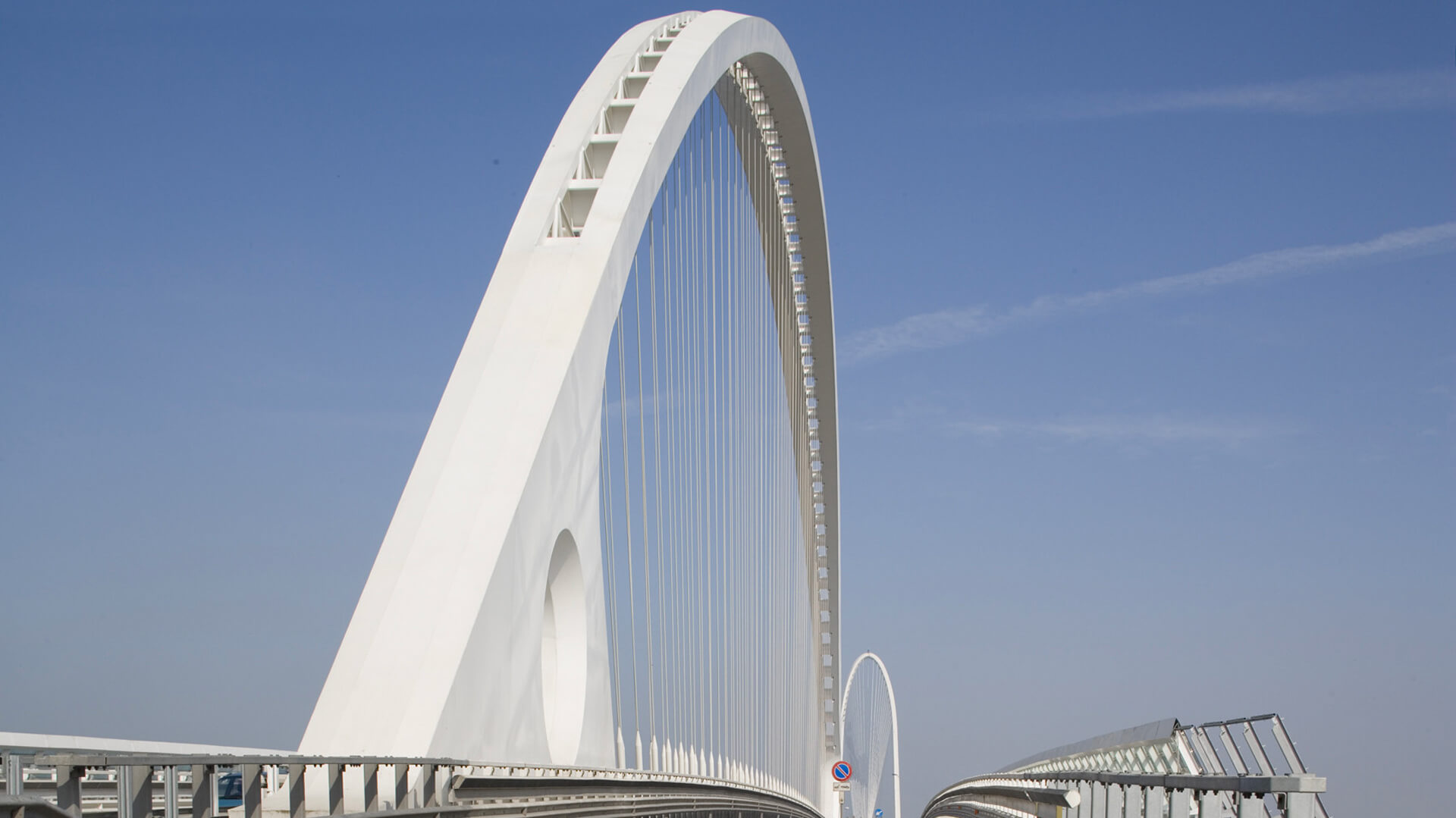
6) STAZIONE MEDIOPADANA:
Designed by Santiago Calatrava, the Mediopadana station is the only stop along the High-Speed line between Bologna and Milan, intended to serve the entire area known as Mediopadana, the central part of the Po Valley. Its structure consists of a rhythmic succession of steel portals, staggered from each other, creating a sequence of frothy, candid waves in motion.
